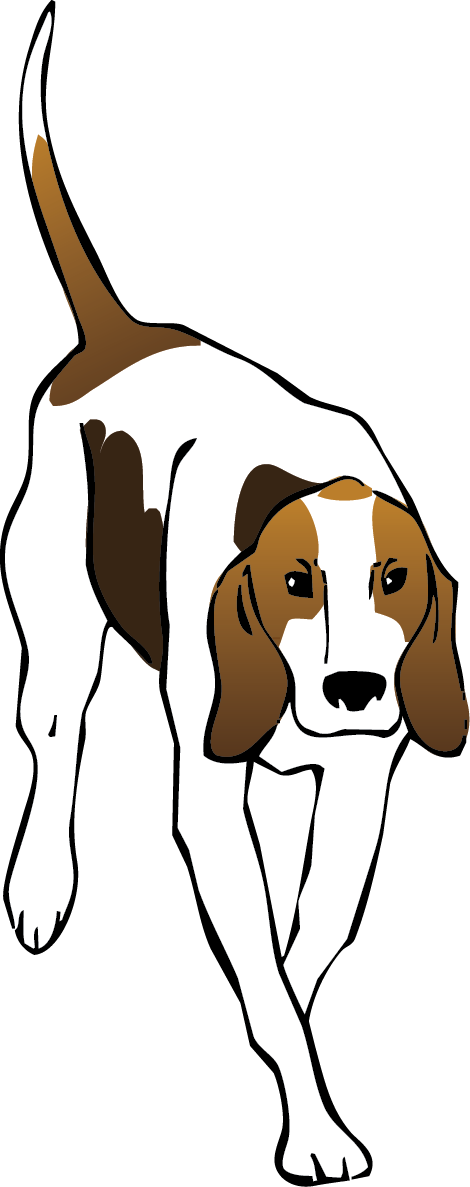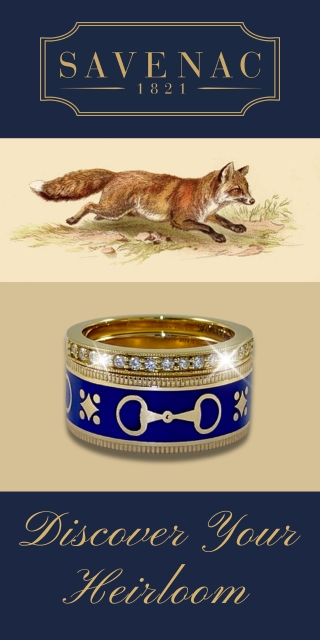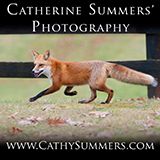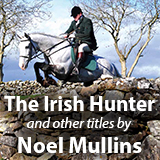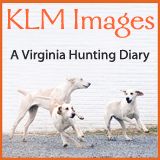mule
British-Inspired Rabbit Hunt Took an Odd Turn
California hare by John J. Audubon
The early part of the last century saw the people of Riverside, California looking towards Great Britain for inspiration for their leisure activities.
This was chiefly because of the many British immigrants who had begun arriving here about 1889, primarily to invest in, among other things, the fast-growing orange industry. English customs were held in the highest esteem, especially among socially ambitious Americans, Tom Patterson wrote in his book, A Colony for California.
Riversiders engaged in such British activities as polo, high tea, and foxhunting. The latter did not usually include a fox, because foxes were not common in the area. Instead they substituted a more common animal, the jackrabbit. These hunts were conducted wherever a large area of open land could accommodate horses, hunters, hounds, and the prey.
The Lathom Remount Depot of World War I
The horror of the First World War is much on the minds of our English sporting friends this summer as the world marks the hundredth anniversary of that conflict. Foxhunters there are especially moved in remembering the terrible toll taken on the world’s equine population in numbers unequaled before or since. Ron Black in Cumbria, England—a frequent contributor to Foxhunting Life—has published a ninety-seven-page collection of research, memoir, and poetry (Will Ogilvie included!) about the horses and mules that served, which he has made available to FHL readers via download. When the supply of British horses and mules was exhausted, animals were shipped from the United States, Canada, and Australia. Ron tells the story of how they were purchased, crossed the ocean, trained, moved overland to battle, and what happened to the survivors. Click to download The Lathom Remount Depot of World War I by Ron Black. The download is free, but Ron asks downloaders to make a small donation to any equine charity. Posted September 1, 2014... This content is for subscribers only.Join NowAlready a member? Log in here
Read More
Macy the Foxhunting Mule Is a Keeper
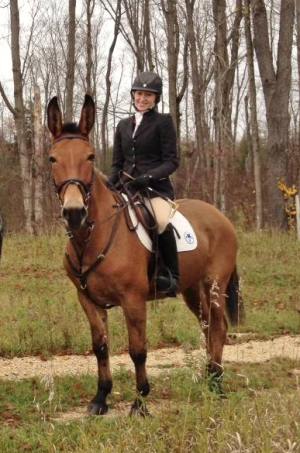 It’s the ears, of course. At a walk, the long, warm-brown ears swing with metronomic precision forward and back, forward and back, to her hoof beats. At the trot, they stiffen forward, and at a check they go into neutral, except when something catches her attention. Then she points with them, head up.
It’s the ears, of course. At a walk, the long, warm-brown ears swing with metronomic precision forward and back, forward and back, to her hoof beats. At the trot, they stiffen forward, and at a check they go into neutral, except when something catches her attention. Then she points with them, head up.
Macy the foxhunting mule is an eight-year-old, 15.2-hand molly (or mare) with zebra markings on her hocks and knees, a dorsal stripe, and a cross on her withers. Her coarse dun hair and sparse tail are more similar to her donkey father than to her quarter horse mother.
She is owned by Suzanne Dow of Dundalk, Ontario, honorary whipper in of the Eglinton and Caledon Hunt and MFH of the Bethany Hills-Frontenac Hunt from 1998 to 2004. Suzanne kindly offered to let me ride Macy for a Monday hunt recently, and I took her up on the offer. A landowner issue caused the hunt to be cancelled, but we did go out for a trail ride so I could sample the virtues of a mule. There are many.
